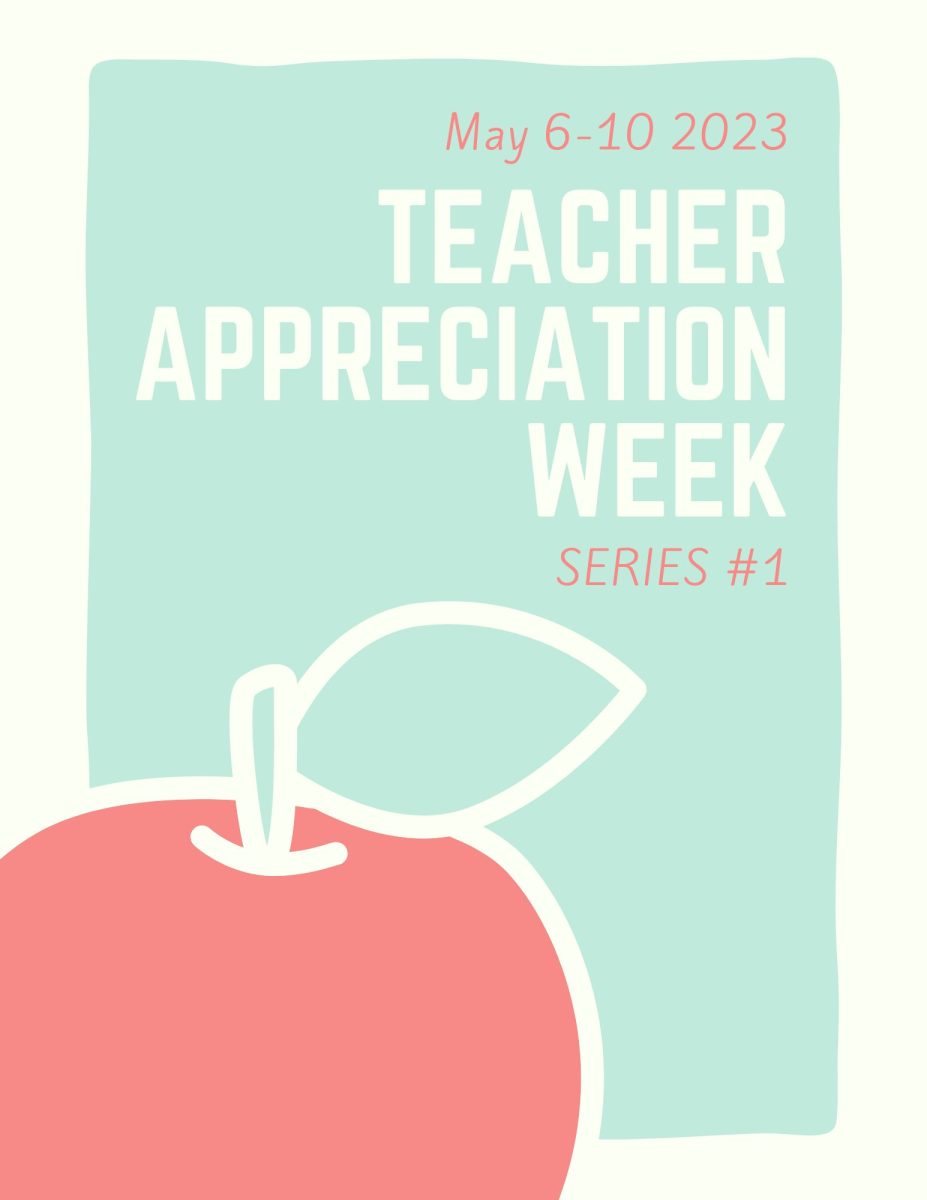Kid Cudi’s “Man on the Moon: The End of Day” is not just an album; it is a journey into the depths of the human psyche. Released in 2009, it served as a beacon of hope for a generation grappling with mental health issues, substance abuse, and existential angst. Through his introspective lyrics and haunting melodies, Cudi invited listeners to explore the complexities of their own minds while offering reassurance that they were not alone in their struggles.
The album’s title, “Man on the Moon,” is a nod to Cudi’s desire to reach for something greater, symbolizing his own quest for inner peace and fulfillment. From the ethereal soundscape of “Soundtrack 2 My Life” to the raw vulnerability of “Solo Dolo (Nightmare),” each track on the album is a chapter in Cudi’s personal narrative, chronicling his battles with loneliness, depression, and self-doubt.
One of the most impactful aspects of “Man on the Moon” is it’s honesty. Cudi lays his demons bare for all to see, unafraid to confront the darkness within himself. In doing so, he gave voice to a generation that often felt misunderstood and marginalized, creating a sense of solidarity among fans who saw themselves reflected in his music.
Moreover, “Man on the Moon” marked a departure from the hyper-masculine bravado that dominated hip-hop at the time. Instead of glorifying material wealth and superficial success, Cudi prioritized emotional authenticity and introspection. In a genre often associated with bravado and toughness, Cudi dared to be vulnerable, challenging more traditional notions of what it means to be a man in the process.
The impact of “Man on the Moon” extends far beyond it’s commercial success. It sparked a cultural shift, paving the way for a new wave of artists who were unafraid to explore the depths of human emotion in their music. It’s influence can be heard in the work of artists like Travis Scott, Kanye West, and Juice WRLD, who have all cited Cudi as a major inspiration.
In conclusion, “Man on the Moon” is more than just an album; it’s a cultural touchstone that continues to resonate with listeners to this day, offering solace and understanding to anyone who needs it most.















